Giada De Laurentiis’ 7 Smart Salad Orders to Copy When Eating Out
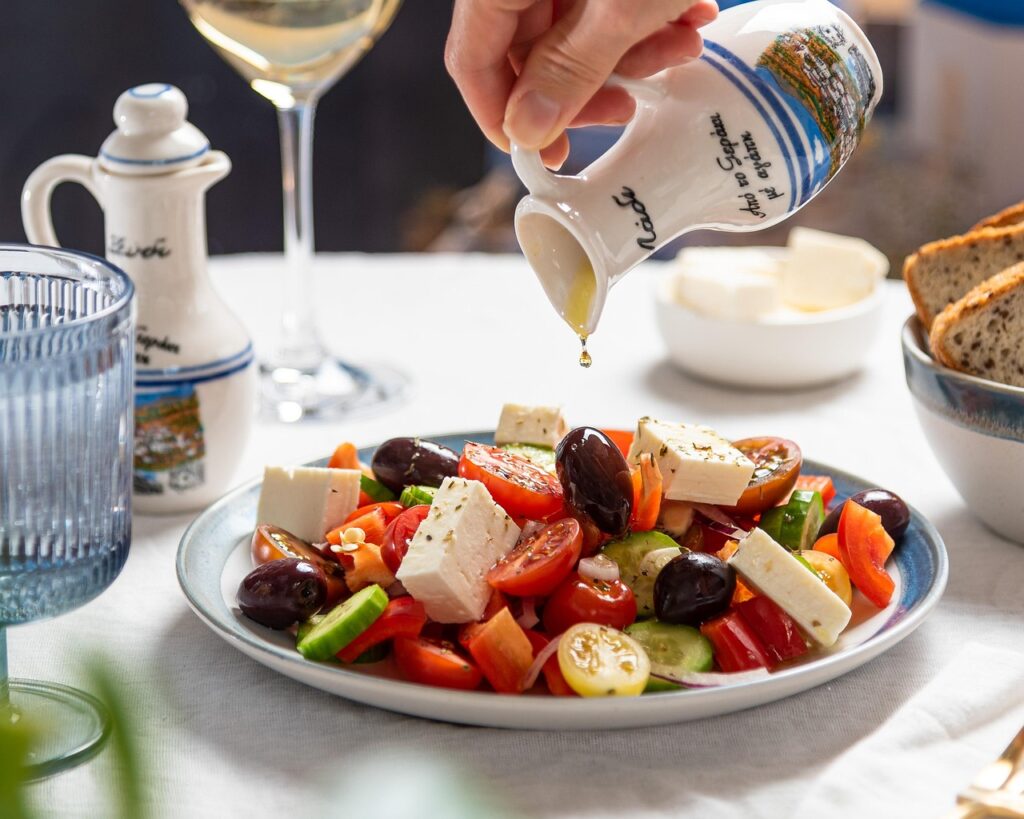
Giada De Laurentiis has a way of making even the simplest meal feel intentional, and her approach to salads is no exception. When she eats out, she doesn’t just pick the “healthy option”, she edits it. For her, a good salad is about control, balance, and flavor. It’s knowing when to add a drizzle of olive oil instead of dressing, when to swap creamy toppings for herbs, and how to build texture so every bite feels fresh. These are her go-to moves that make restaurant salads lighter, brighter, and actually satisfying.
1. Ask for the dressing on the side so you control the amount

Here’s the thing: restaurants often pour more dressing than you need because it makes the salad look glossy on the plate. When you ask for dressing on the side, you get control. Start with a light drizzle, toss a forkful, and add more only if it improves balance. That small step keeps the leaves from going limp and prevents the salad from turning into a soggy, flavored bowl of mayonnaise. It also makes it easier to taste each component on its own, so you can appreciate the quality of the greens, the crunch of the nuts, or the pop of an olive without everything being flattened by excess sauce. Servers expect the request, and kitchens can usually accommodate it without fuss.
2. Swap heavy restaurant dressings for olive oil and lemon wedges

Light, bright dressings reveal the produce instead of hiding it. Olive oil and lemon are a classic combo because they provide fat for mouthfeel and acid for lift without the calories or cloying sweetness of many restaurant creamy dressings. Ask for extra virgin olive oil and fresh lemon wedges, then season with a little salt and pepper yourself. The acid opens aromatic compounds in herbs and greens, and the oil carries flavor without coating everything in heaviness. This swap works with almost any salad style: peppery arugula, bitter radicchio, or tender butter lettuce all benefit from the clean lift of oil plus citrus. It also makes pairings with wine and protein more natural because the dressing won’t fight flavors.
3. Choose a chopped or ingredient-rich salad to get texture and flavor without heavy toppings
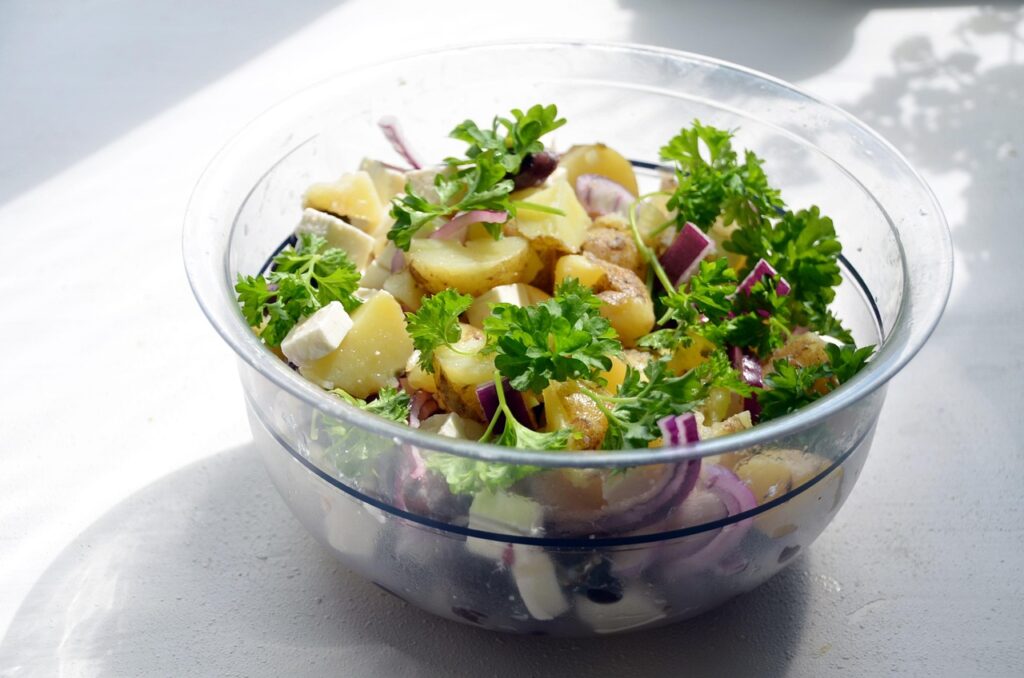
A chopped salad or one built from many small components gives you texture and tang in every bite. When ingredients are cut into similar sizes, they mix more evenly, which avoids those slices of lettuce hiding under a mountain of cheese. Look for salads with crunchy elements like fennel or celery, briny items like olives, and sharp notes like radish or pickled vegetables. Those contrasts replace the need for heavy dressings or large amounts of cheese. A well composed chopped salad will feel substantial and satisfying without feeling like a caloric trap. It also returns value: you get more flavors per forkful and a salad that can stand as a meal, not just a side.
4. Prioritize fresh, crisp greens rather than ones buried beneath sauce or excess cheese
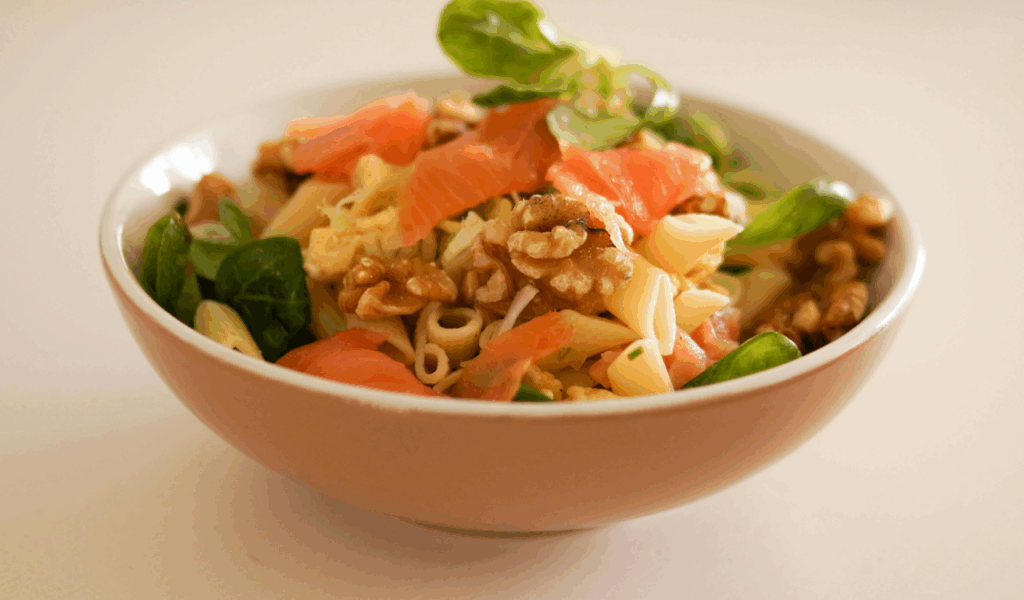
The best salad begins with good greens. Freshness is obvious in the first bite: crisp leaves snap, bitter notes are bright, and textures interlock. If your server warns that a particular green has been sitting under a heavy dressing, ask for something else. A small swap to a plate of well chilled greens improves the whole experience because the leaves carry the other ingredients rather than being overwhelmed. Crispness also affects temperature and mouthfeel; cold, taut leaves offset warm toppings and creamy elements. When eating out, ask what’s freshest today and be willing to choose a simple base that highlights seasonal produce instead of a default iceberg wedge drowning in sauce.
5. Add a lean protein or healthy fat to make the salad a satisfying meal

Treat a salad like a composed plate by adding one reliable source of satiety. A modest serving of grilled chicken, a portion of tuna, a soft boiled egg, or a scoop of chickpeas turns a light starter into a balanced meal. Healthy fats like avocado or a small handful of toasted nuts also add texture and keep you full longer. The trick is portion control: a palm-sized piece of protein and a tablespoon or two of nuts or seeds is usually enough to transform the salad without making it heavy. This makes ordering out more practical when you have limited time but still want nutrition, and it reduces the urge to order additional sides or snacks after the meal.
6. Limit high-calorie additions and ask for cheese or croutons on the side
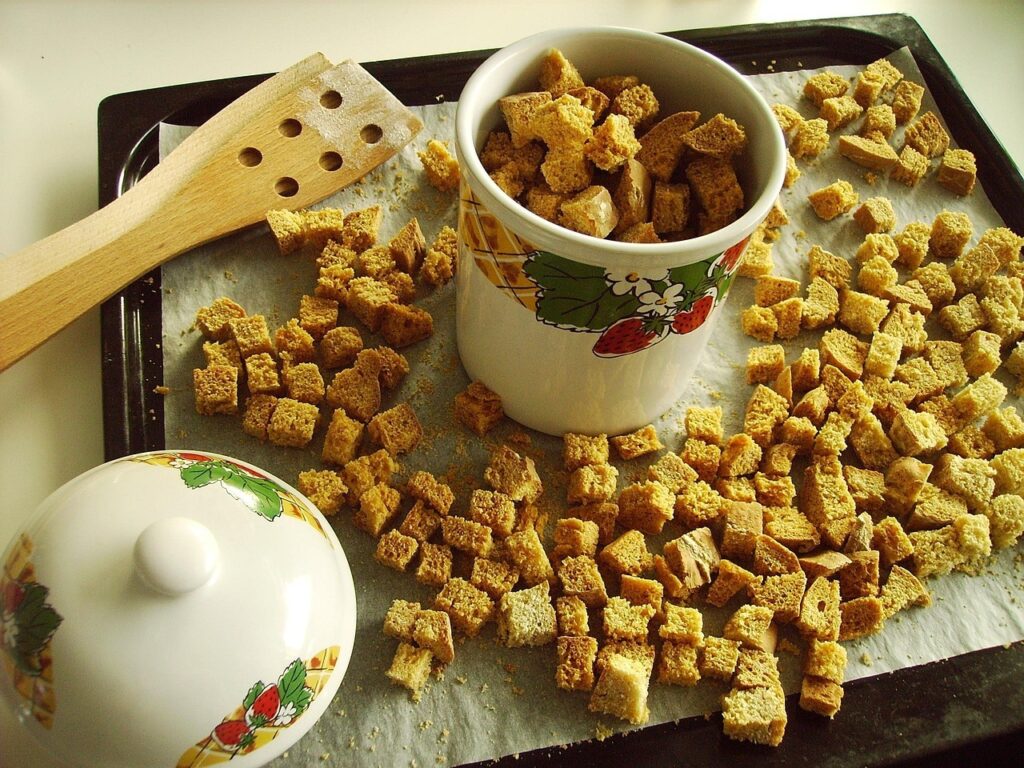
Big hits of cheese, croutons, or candied nuts can push a salad from meal to indulgence quickly. Ask for these items to be served on the side so you can sample them sparingly. That way, you still get the textural contrast or salty pop without letting one element dominate. For cheese, request a light shave or a small ramekin so you can control the scatter. For croutons, ask for a sprinkle rather than a cup. This tactic keeps calories and sodium in check while preserving the pleasure of those accents. It also encourages you to taste the base ingredients first and then add the extras only where they truly enhance the bite.
7. Opt for seasonal vegetables and fresh herbs to boost flavor and freshness
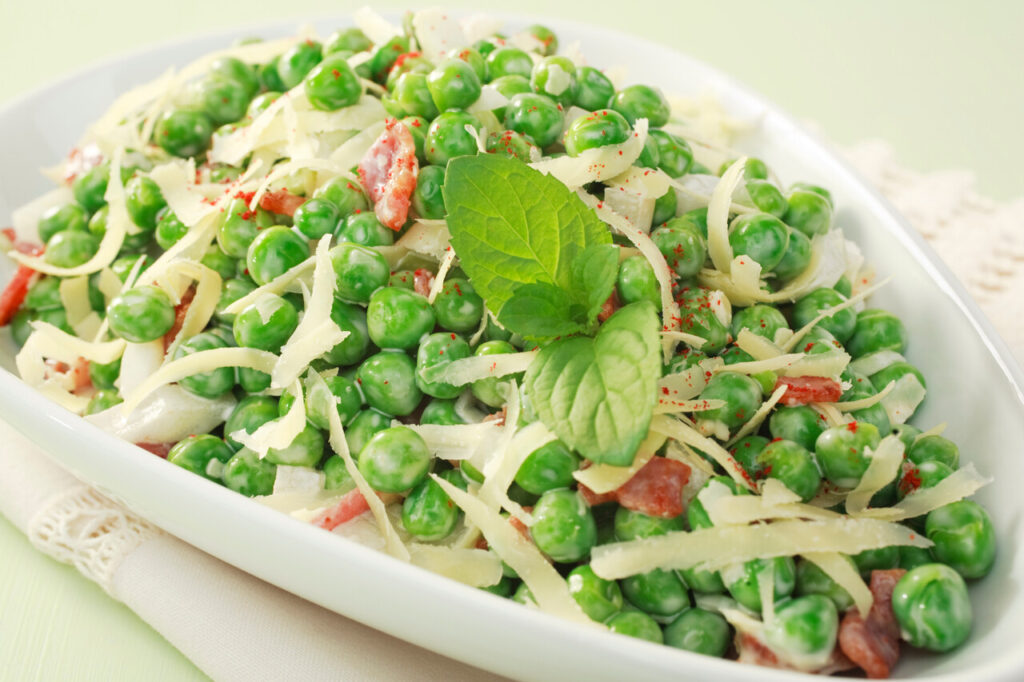
Seasonal produce and herbs are the shortcut to salad complexity at no extra cost. A handful of fresh basil, a few shavings of fennel, or a squeeze of citrus zest can lift a dish more effectively than a heavy dressing. Seasonal vegetables are also at their peak in texture and sweetness, which means less masking is necessary. When you order, ask if the kitchen is featuring any local greens or market vegetables and choose ones that sound vibrant. Small details like chopped mint, torn parsley, or lemon zest make the salad smell and taste fresher, and they show that the restaurant is paying attention to produce quality rather than relying on bottled dressing to carry the dish.





